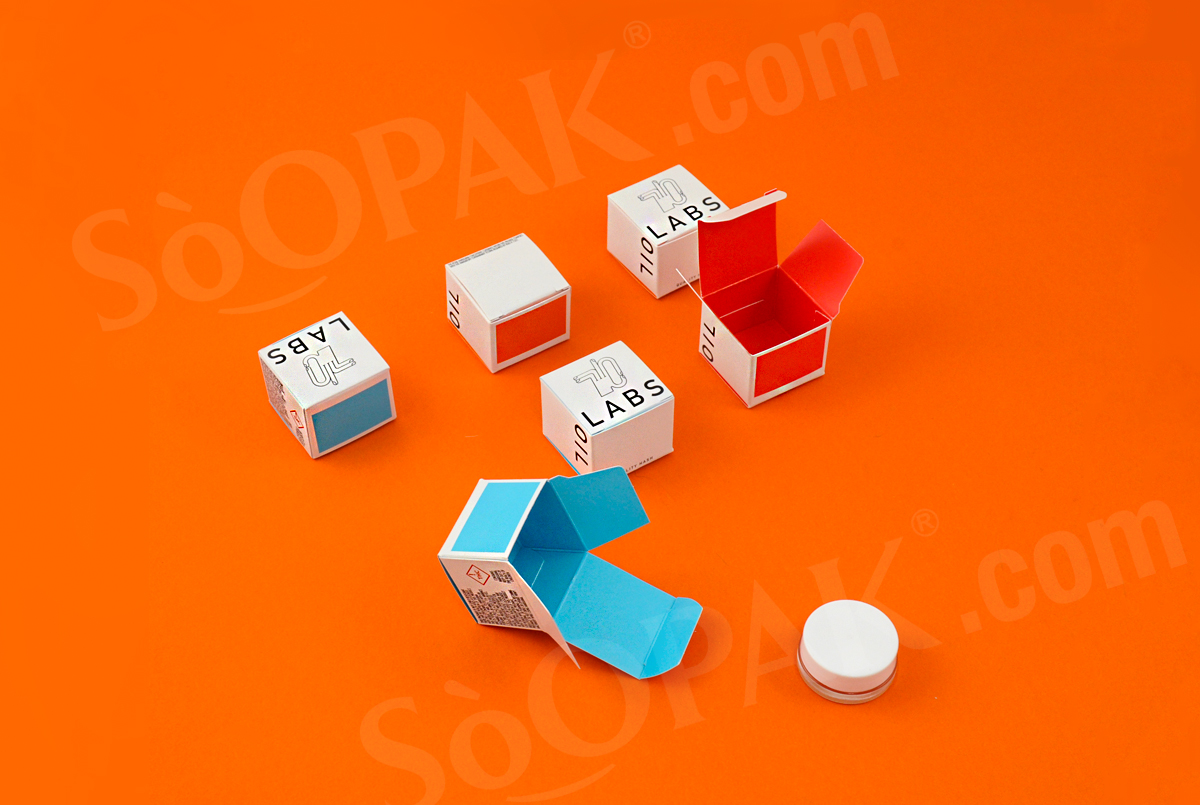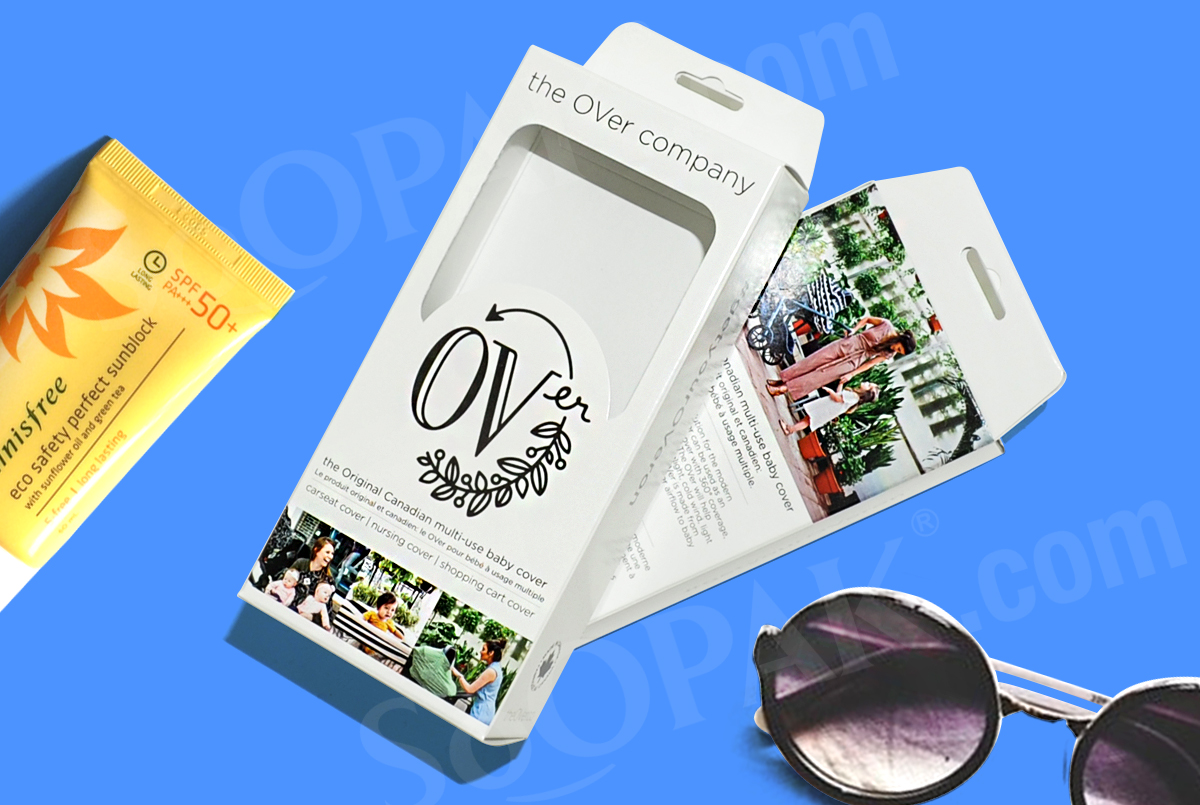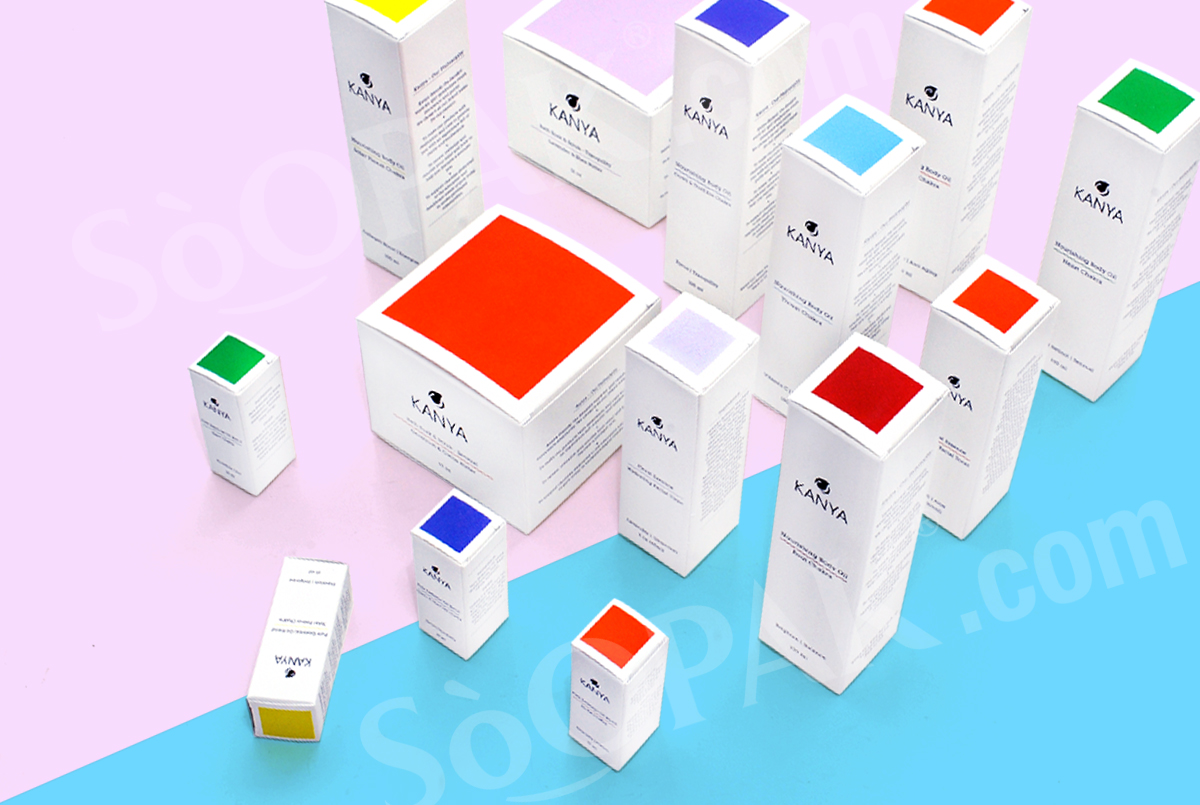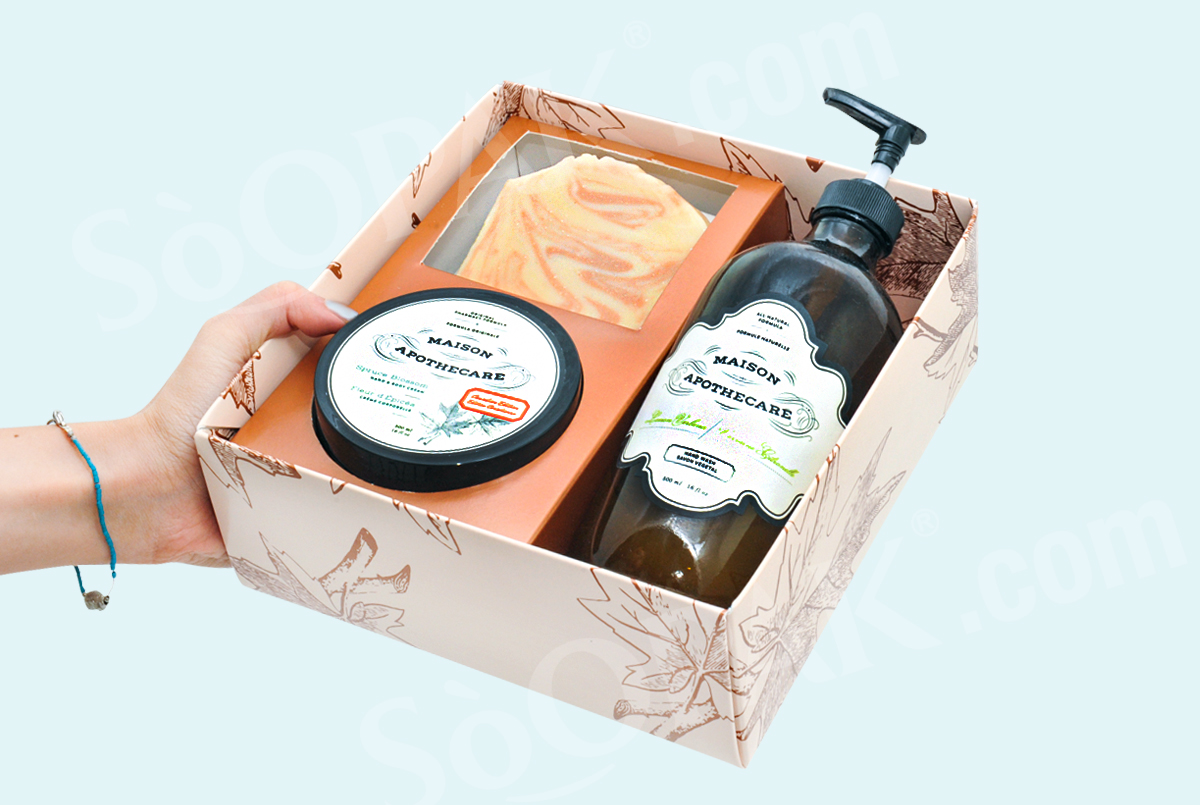Packaging your product is one of the most important steps that determine whether or not it will be successful. While the product itself is obviously crucial, the packaging can make or break your sales. You need it to be the right size and shape plus have the ideal design. The following tricks will put you on the path toward success when it comes to creating the ideal packaging for your product.
Think about How It Looks on the Shelf
Most companies will be selling their products in stores as well as online, and if this is the case for you, you need to take the time to seriously consider how it sits on the shelf. As a general rule, the packaging should take up as little room on the shelf as possible as this allows you to fit more product there. Sometimes, a store you plan on eventually marketing your product to will even let you test out your packaging on their shelves if you ask nicely. In the case of shorter packaging, make sure that it can be stacked, as this will further maximize the limited shelving space your product is given.
Keep It Compact and Light
No matter what type of product you sell, you should aim to keep the packaging as compact and light as you can. The smaller the packaging is, the less room is required for storing it and the more likely retailers are to order larger quantities. In addition, a smaller, lighter package will cost significantly less to ship than a large, heavy one. These reduced shipping costs can increase your profit per item, leading your company to success.
Consider the Materials
The materials are another key aspect of the packaging that you need to choose carefully. To get the right materials, consider durability, cost, functionality, and environmental friendliness. If you are selling a food item, medication, or something else with strict regulations, these are also important. Remember to combine these things with elements of design as well; a vacuum packed food item will last longer, but it will look nicer if that vacuum pack is inside a pretty box.
You need to consider every aspect of the materials used, including the impression they give off. When comparing plastic and glass for liquids or creams, for example, plastic will be much cheaper but has a less premium feel. The additional cost for the glass is further offset by its increased shelf life and ease of recycling.
Stick to Standard Sizes
While you want your product to stand out from others on the market, it is typically much more cost effective to stick to standard sizing. This will reduce costs of production, as your packaging manufacturer will already have similar packaging planned. It will also make it more likely that your product fits seamlessly on the pallet for shipping. Standard sizes and shapes also have the benefit of having been tested already so you know they will be durable and make the most of the space on the shelf and during shipping.




